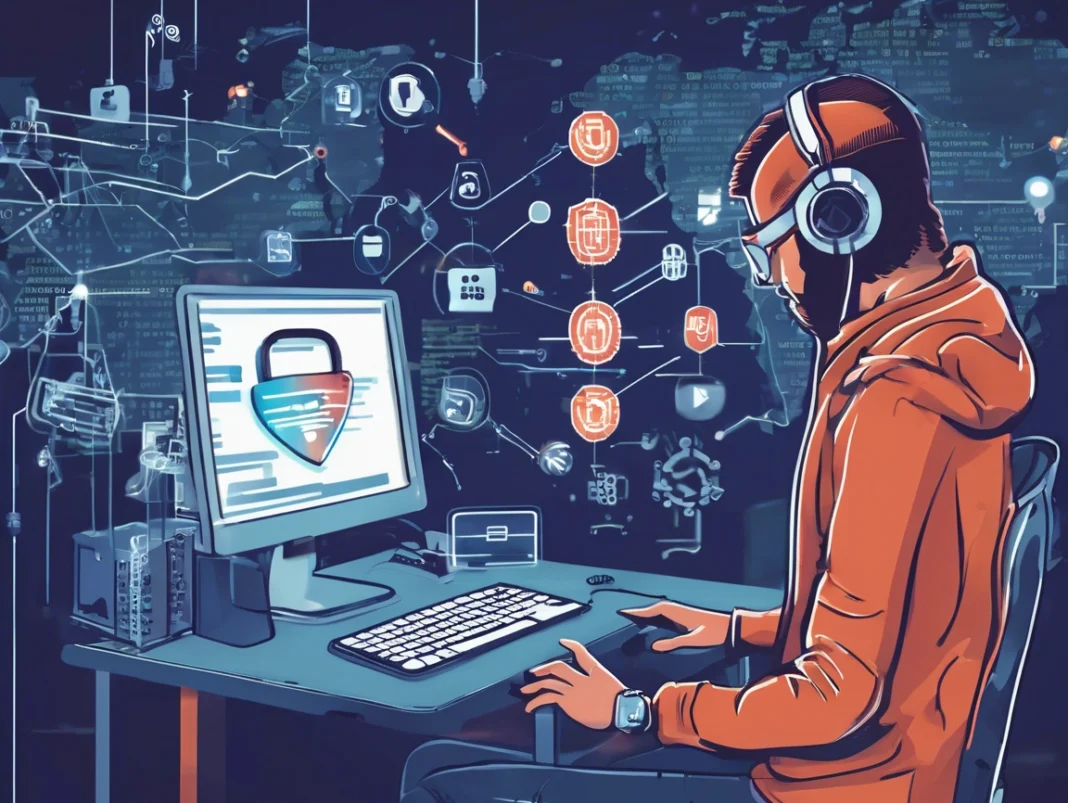1. Introduction: 2025’s Biggest Phishing Tactics
In the rapidly shifting world of cybersecurity, 2025 has already marked a turning point. Phishing — once thought to be a straightforward scam involving deceptive emails — has transformed into a multi-layered, technology-driven threat capable of breaching even the most advanced systems. 2025’s Biggest Phishing Tactics now combine artificial intelligence, deepfake technology, behavioral manipulation, and multi-channel targeting to create attacks that are almost impossible to detect with the naked eye.

Unlike older phishing attempts that relied on poorly written messages or obvious fake URLs, today’s attacks are tailored to the victim’s language style, habits, and digital footprint. Criminals are using sophisticated tools to collect vast amounts of personal and organizational data before striking, ensuring their messages look authentic and convincing. In this environment, simply having anti-virus software or spam filters is no longer enough — organizations must rethink their security strategy from the ground up.
2. Why Phishing Remains the Top Cyber Threat
Despite advancements in cybersecurity, phishing continues to dominate as the leading cause of data breaches worldwide. Reports from Verizon’s Data Breach Investigations Report highlight that in 2024, more than 80% of successful cyber incidents involved some form of phishing. The statistics are alarming, but the reasons are clear: phishing attacks target the human element — the weakest link in any security chain.
Phishing is effective because it manipulates trust. Whether it’s an urgent email from a “CEO” demanding a payment, a text message claiming to be from your bank, or a QR code that directs you to a fake login portal, the goal is the same — to trick you into revealing sensitive information or granting unauthorized access. With remote work becoming a norm and employees relying heavily on digital communication, hackers now have a much wider attack surface. The interconnectedness of today’s business environment also means that a single breach can quickly cascade into larger security incidents across supply chains and partner networks.
3. 2025’s New-Age Phishing Methods
AI-Powered Spear Phishing
Hackers are using AI tools to craft hyper-personalized phishing emails, mimicking tone, language style, and context based on scraped social media data. This makes fraudulent messages nearly indistinguishable from genuine ones.
Deepfake Voice Phishing (Vishing 2.0)
With voice-cloning technology, attackers can impersonate CEOs, managers, or family members to convince victims to transfer money or share confidential data.

QR Code Phishing (Quishing)
Legitimate-looking QR codes lead victims to fake login portals or malicious websites. Since scanning a QR code bypasses traditional spam filters, this tactic is on the rise in 2025.
Multi-Channel Phishing
Attackers combine email, SMS (smishing), phone calls, and social media messages for layered deception, making it harder to spot a scam.
4. How Hackers Outsmart Security Systems
- Bypassing Spam Filters: AI-generated phishing content looks human, reducing spam filter detection rates.
- Exploiting Human Trust: Deepfake technology manipulates trust in voices, images, and videos.
- Targeting Weakest Links: Hackers often go after smaller vendors in a supply chain.
- Leveraging Multi-Factor Authentication Fatigue: Attackers flood users with MFA requests until they approve one by mistake.
5. Real-World Examples from 2025
- In January 2025, a global bank lost $4M after an employee followed a deepfake voice request from a “senior executive.”
- A tech startup faced a ransomware attack after an infected PDF link was sent via a QR code posted at a conference.
6. Prevention & Defense Strategies
The evolving nature of 2025’s Biggest Phishing Tactics means that defense strategies must be proactive and multi-layered. Here are key measures:
- Ongoing Employee Training: Phishing simulations help employees recognize and respond correctly to suspicious activities.
- Zero Trust Framework: Treat every user and device as untrusted until verified.
- AI-Powered Security Solutions: Use threat detection tools that adapt to new attack patterns.
- Strong QR Code Policies: Verify the origin of QR codes before scanning, especially in professional environments.
- Strict MFA Protocols: Limit MFA fatigue by setting thresholds and alerts for repeated authentication requests.
For more detailed prevention techniques, refer to CISA’s official phishing guidance.
7. Conclusion & Key Takeaways
2025’s Biggest Phishing Tactics show that hackers are not just tech experts but master manipulators of human behavior. With AI, deepfakes, and multi-channel attacks, the phishing threat is at its most dangerous stage yet. Awareness, training, and advanced security tools are essential to stay ahead.





